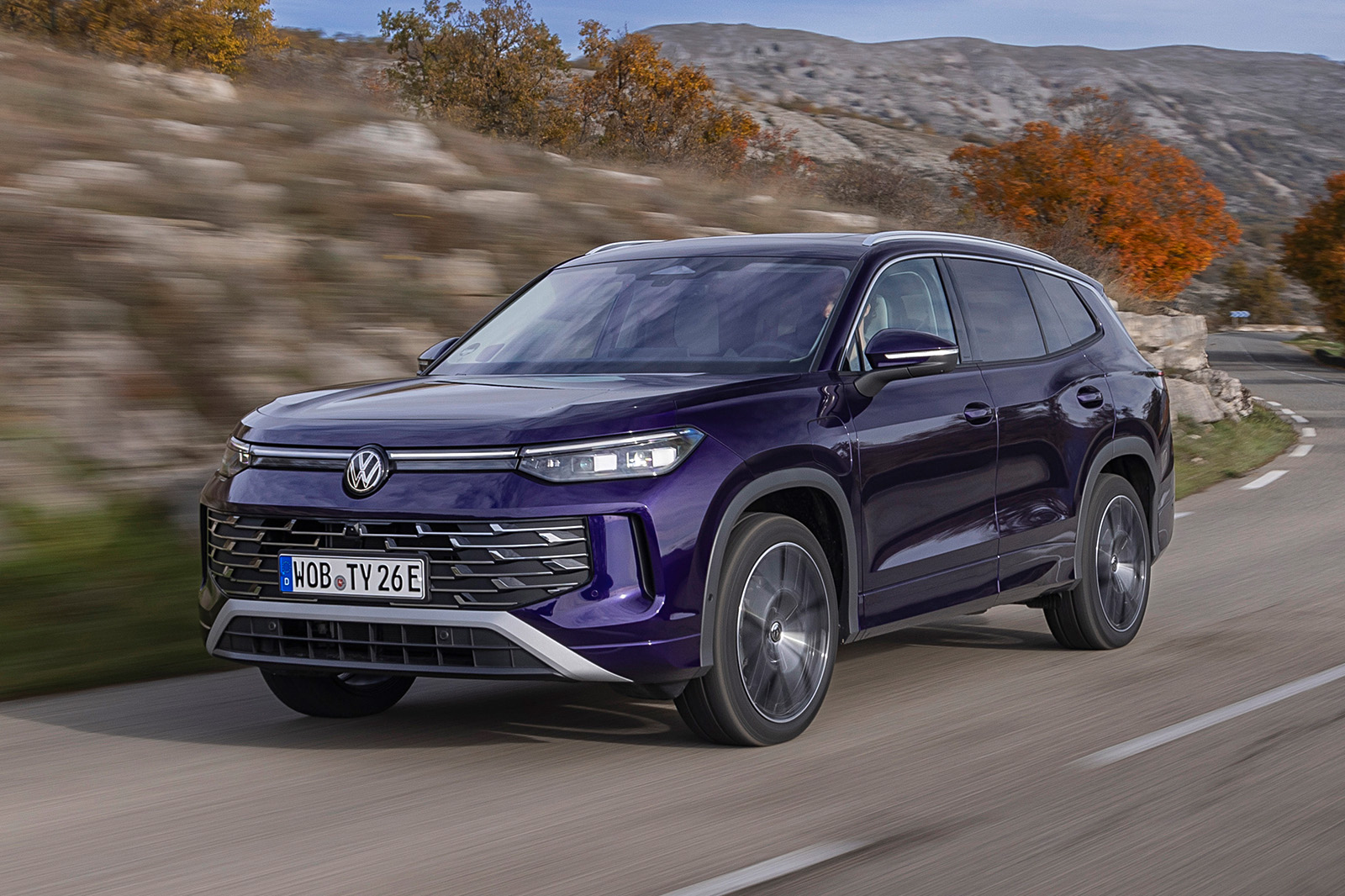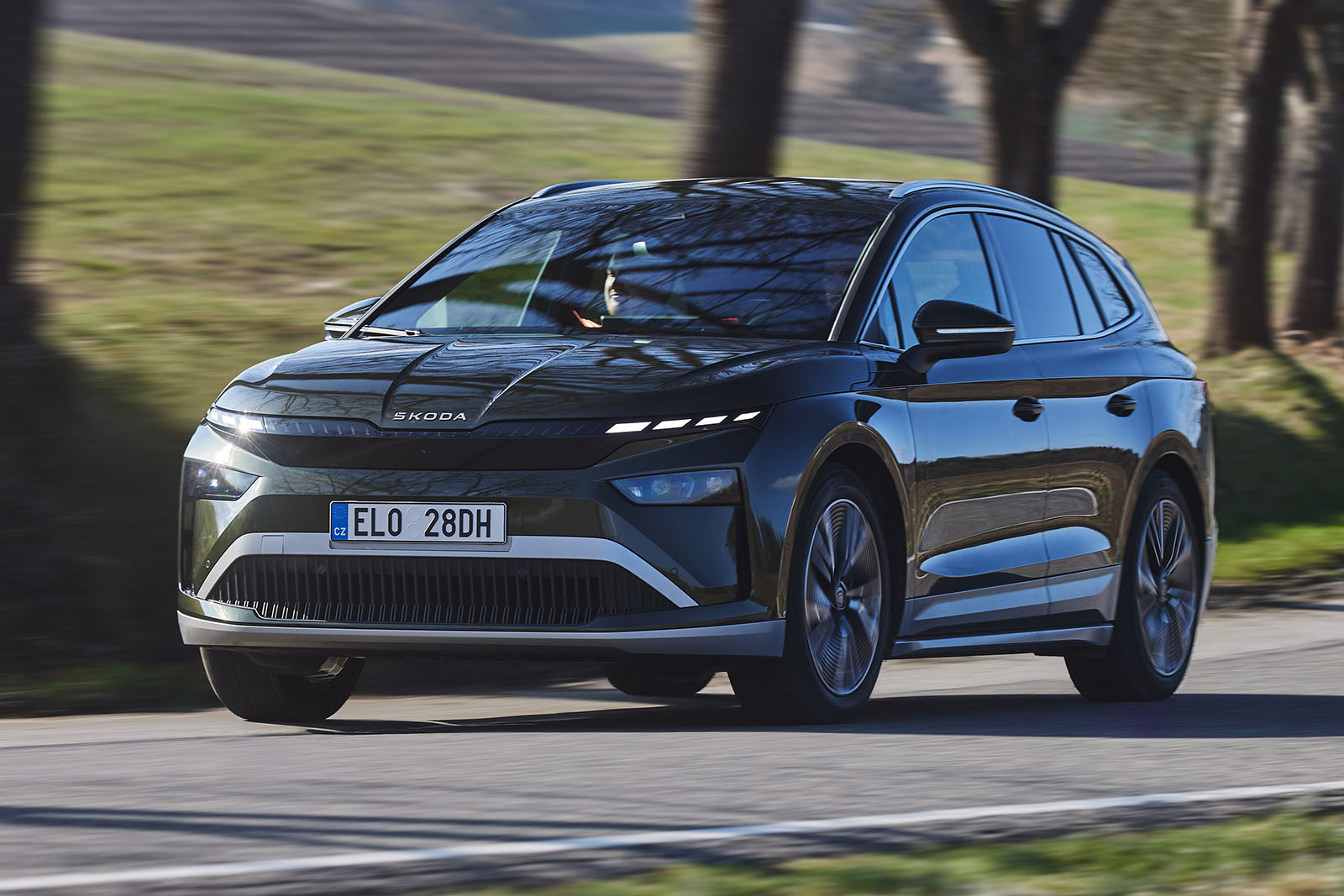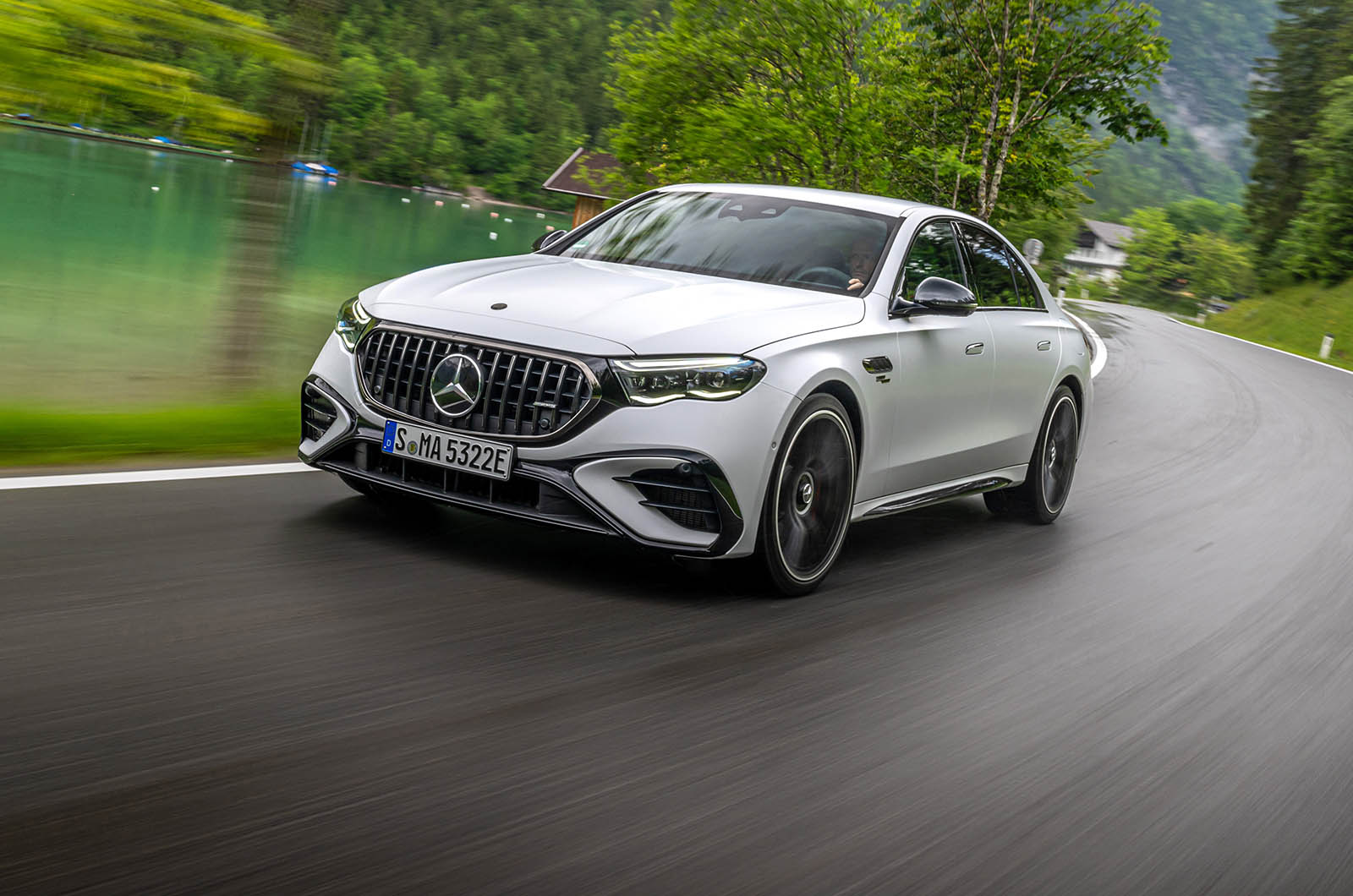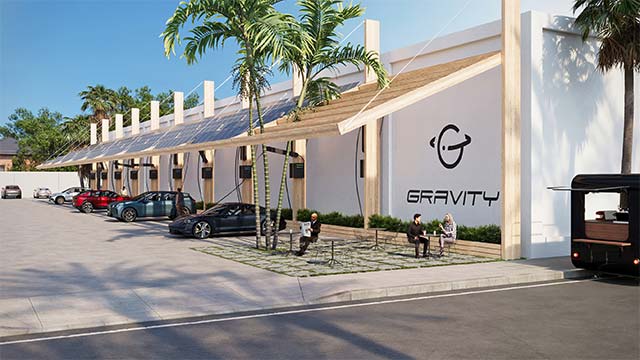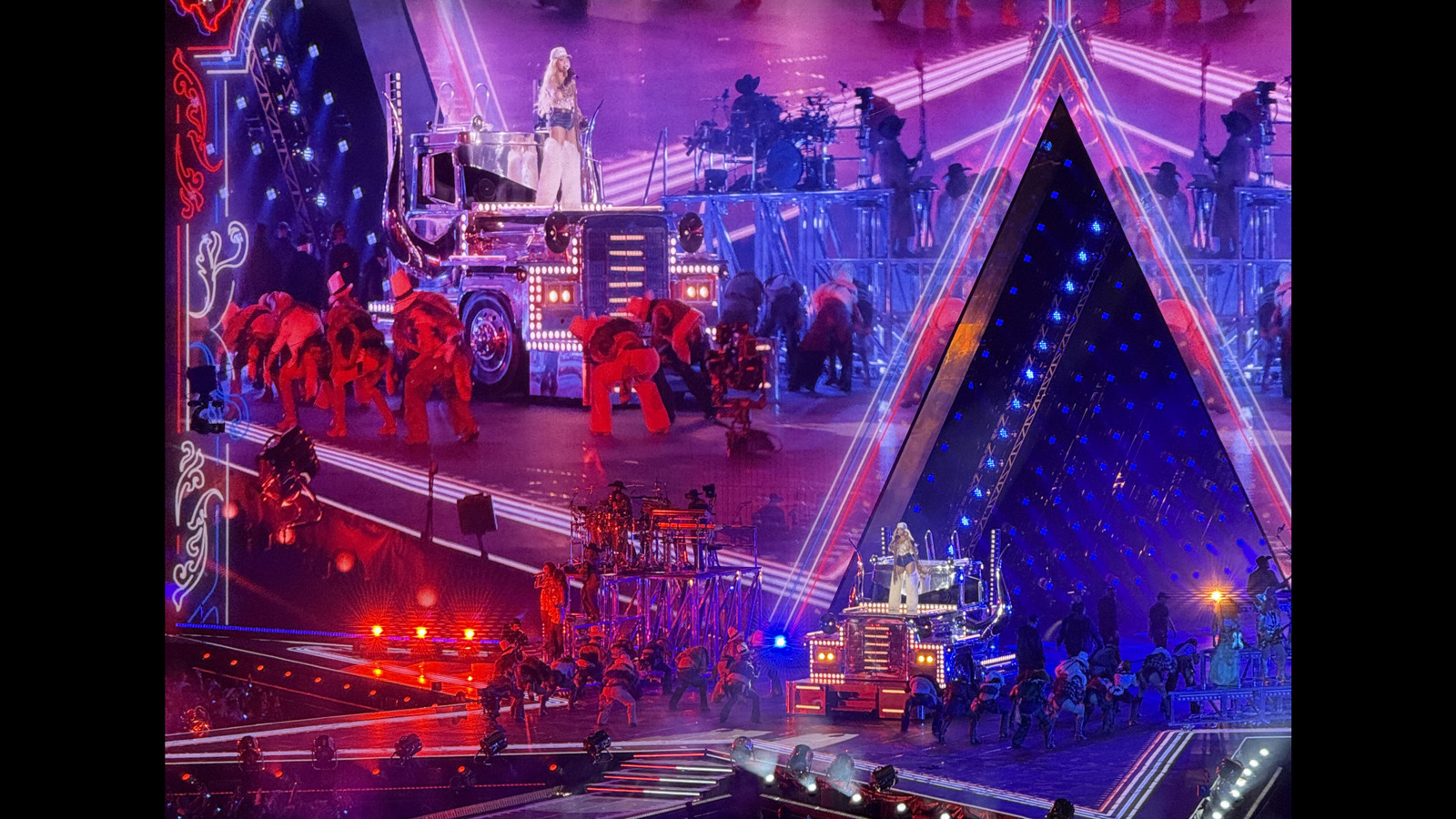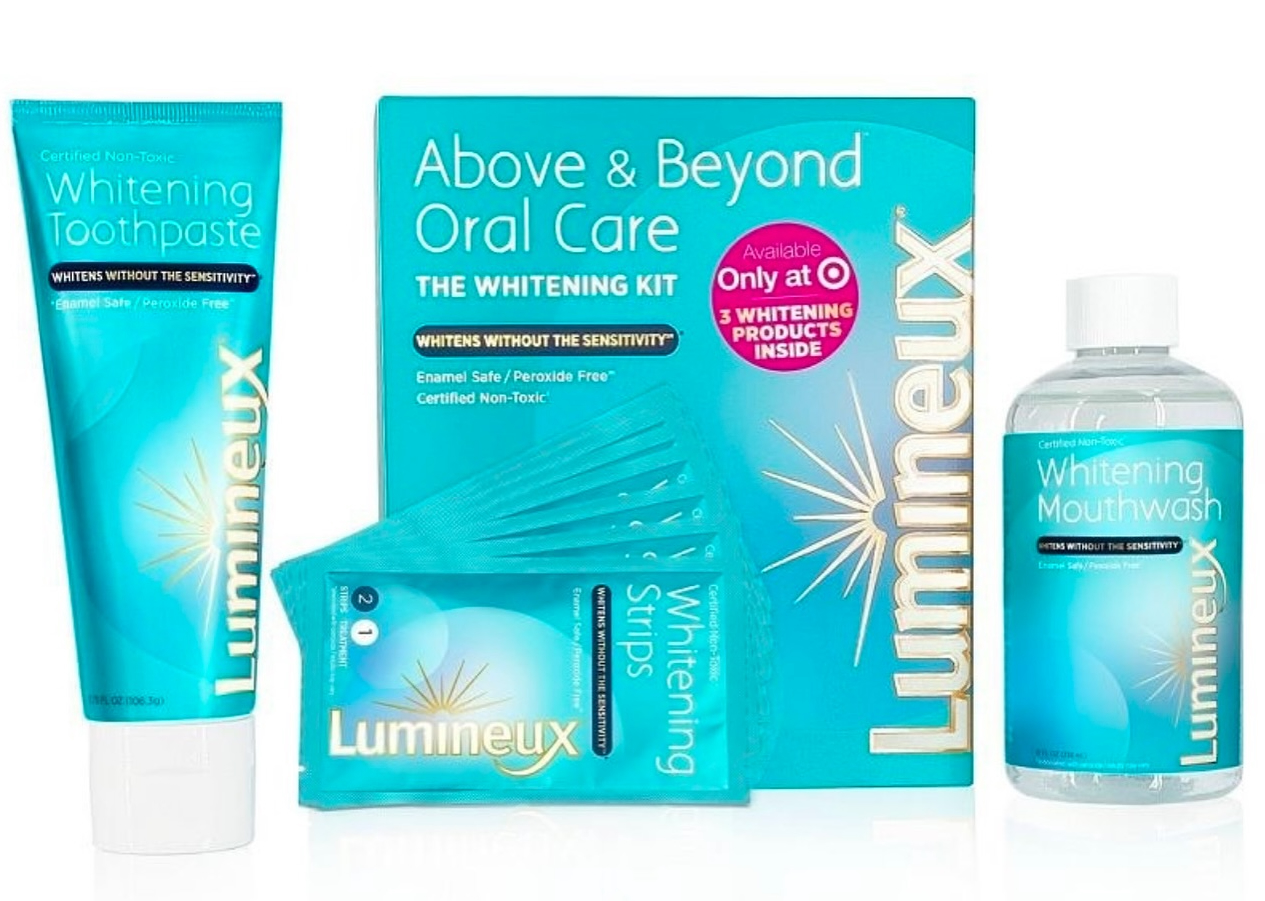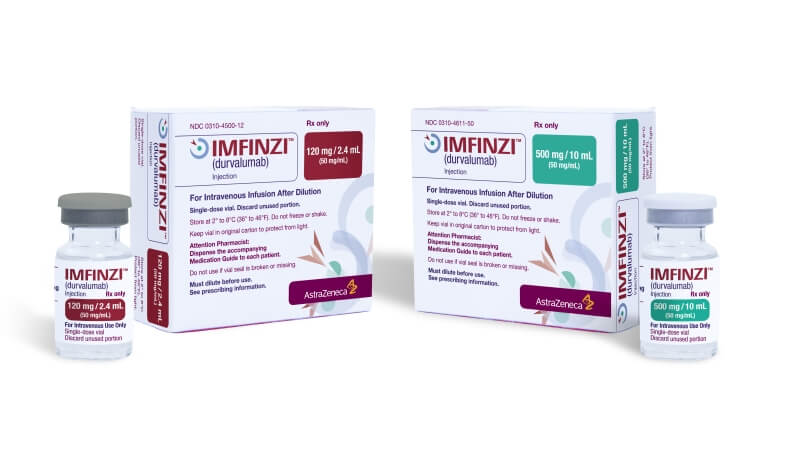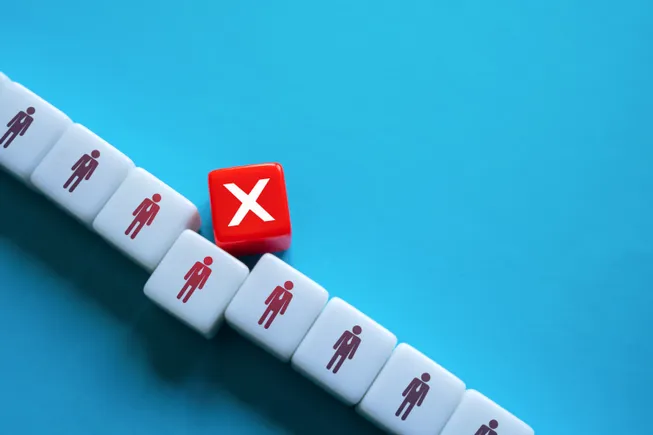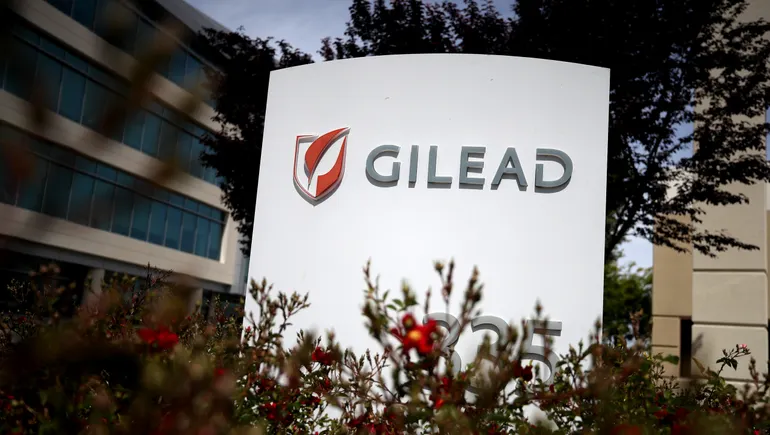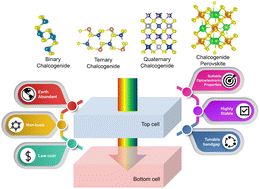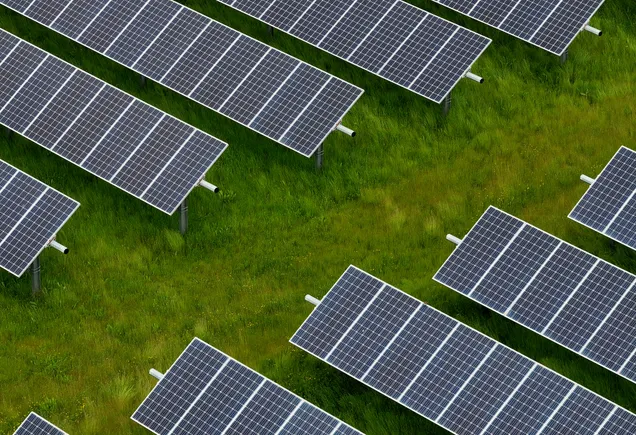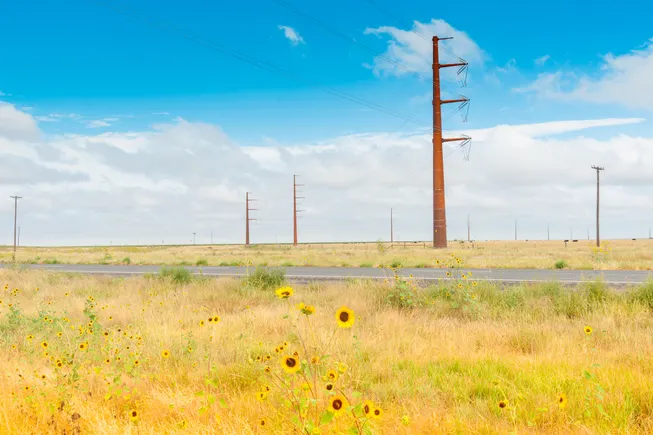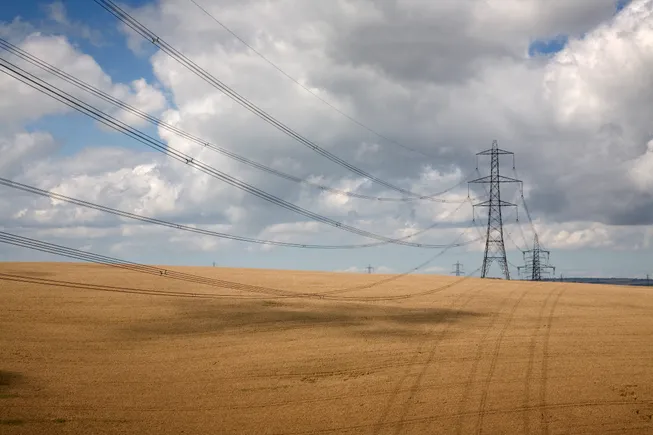Guess What? There’s Actually Good News for the Wine Industry
Direct-to-consumer sales are moving, value is blooming, Gen Z is catching on—here's the silver lining to the industry’s current dark clouds. [...] Read More... The post Guess What? There’s Actually Good News for the Wine Industry appeared first on Wine Enthusiast.
The wine industry has been plagued with capital-B Bad headlines as of late.
People aren’t drinking, especially the young folks who are supposed to fill in for boomers as they age. Climate change continues to rain down on the industry. Sales slumps seem here to stay—and they’re only going to get worse as tariffs take hold. We’re in the midst of a game of will he-won’t he, as beverage pros wait with bated breath.
All in all, it’s a pretty depressing time to work in adult beverages.
But there’s some hope. The just-released 2025 BMO Wine Market Report revealed some bright points: The decline is slowing. While the volume of sales continues to drop, value is growing because people are drinking less, but better. Meanwhile, direct-to-consumer sales are thriving as customers continue to shop online for their Champagne and Chardonnay.
Produced by the Wine Industry Partnership (composed of market research firm bw166, Gomberg Fredrikson & Associates and WineBusiness Analytics), the BMO Wine Market Report is based on surveys of 640 wineries across the United States and 119 in British Columbia and Ontario, Canada. It’s an attempt to understand the current conditions and sentiments of the market. Below, we unpacked the key findings.
Decline Is Bottoming Out
Perpetual turbulence has defined the last three years in wine—and it’s not set to get better anytime soon. In 2019, the total volume of wine sold in the U.S. was 410 million cases. The figure dropped to 377 million cases in 2023 and to 362 million cases in 2024.
In this year’s Silicon Valley Bank State of the U.S. Wine Industry report, Rob McMillan, founder of the Wine Division, recommends wineries brace for continuous headwinds.
BMO’s report noted that while U.S. wine market volume continued to drop in 2024, the slump is softening. While the industry experienced a 9% decline in 2023, it lessened to 4% in 2024—signs the market may be stabilizing.
Value Is Booming and Wineries Are Growing
The continued turn down isn’t to say all wine is on the decline.
While volume sales are still slowing, the total value of the U.S. wine market grew 4% to $109 billion in 2024. According to market research firm bw166, 40% of U.S. wineries reported an average sales growth increase of 22%, while more than 40% of Canadian wineries saw increased sales over 2024.
The premium segment was the bright point. Sales of higher-priced wine remain stable. BMO’s report found wineries with an average price of more than $20 performed better than those with an average price of less than $20.
In 2024, the median increase in sales for wine priced between $20 and $50 grew 12%—double the rate of growth of under-$20 bottles. Wineries with an average price of over $50 saw a median sales increase of 10%.
These statistics are fueling optimism. “We remain enthusiastic about structural trends showing consumers’ desire to trade up and treat themselves to higher-end red wines,” says Zach Poelma, the senior vice president of supplier strategy and insights at Southern Glazer’s Wine & Spirits, the largest wine and spirits distributor in the United States. “Our red wine business above $50 today is over 5% larger than it was just two years ago, despite all the pressure on the overall category.”
According to BMO, more than 70% of wineries in both the United States and Canada expect to see sales grow by over 5% in the next five years.
A changing of the consumer guard is behind this shift. The value side of the wine market has traditionally been supported by older consumers who are loyal to brands. However, the incoming generations drink less and tend to have less brand loyalty. As older consumers age out of wine and younger consumers obtain purchasing power, the value sector is falling out of whack.
“Wineries should consider adjusting the typical flavor profile and improving the quality of wines priced less than $11 a bottle for younger people who have some experience with wine,” the report suggests. “Value priced wines also need to be fun, approachable and affordable for new consumers and to compete with the new generation of RTDs and other beverages.”
Online Sales Are Rising
According to BMO’s report, nearly 60% of all wineries expect their direct-to-consumer sales to increase in the coming year. Napa and the Pacific Northwest were most optimistic—68% of wineries expected a jump in DTC sales. Over half the wineries surveyed planned to further invest in tasting rooms and wine clubs to entice more direct sales.
Robin Ross, who runs Arrowhead Spring Vineyards in Niagara Falls, has seen good growth in recent years: 10% growth in her case club and 45% growth in wholesale. She’s even had customers move out of state and retain their club membership.
The Setting, a California boutique winery, lets members customize their orders. “This approach has led to our members selecting higher-priced wines and adding more bottles to their orders, resulting in a 52% increase in average order revenue,” says Katie Boyer, the winery’s vice president of DTC Sales and Marketing. “This supports the idea that consumer interest in high end wine, and that the ‘drinking better’ trend is alive and well.”
As social media expands the definition of direct-to-consumer and allows wineries to meet consumers where they are, those who lean into it are reaping the rewards.
“Access to wine has also never been easier,” says Nick Perr, the managing partner at Pali Wine Co in the Sta. Rita Hills. “Online ordering, adventurous restaurant wine lists and social media communities are all making it simpler for new people to discover and engage with wine. It’s bringing a new generation into the fold. And it’s up to wineries to meet this moment by being accessible and welcoming.”
Paul Zitarelli, owner of Full Pull Wines, in Seattle, credits more in-person events for the rise in sales online and in the shop. “Our ‘tasting room takeover’ events consistently sell out, and foot traffic has grown steadily quarter-over-quarter,” he says. “It’s clear there’s a real hunger for in-person connection and community around wine, even as the broader DTC model evolves.”
“While there are certainly challenges in the current landscape, seeking real-world experiences around wine is a tangible reason for optimism that we see reflected in both our numbers and our daily interactions with customers,” Zitarelli continues.
Flexible Subscriptions Are Changing the Wine Club Model
While most wine club members are boomers, at 36% of subscribers, wineries are looking for ways to speak to younger consumers. Gen X makes up 30% of all club members, and millennials 17%. Gen Z drinkers, who are between 21 and 28, are at 5%—but that’s not all bad news: The figure has jumped up compared to the year prior.
Wineries are developing new ways to market to those younger drinkers. At Clif Family Winery, in Napa, subscriptions to their “The Wine Drop” club, which lets customers choose the wines they’d like to receive, have outpaced their traditional wine club sign-ups by 244%. Younger drinkers account for a significant number of those sign-ups. Linzi Gray, the winery’s president, believes the flexible model speaks to those convenience- and value-focused customers.
Stephen Scarnato, founder of Long Island Vine Care and co-founder of New Roots Wine Club, is noticing a similar trend. “We’re seeing an uptick in millennials and Gen Z joining our wine club, which we attribute to social media making wine more accessible to younger audiences,” Scarnato says. “More than half of our new members are under 40.”
Growers Are Optimistic
All in all? Many winery owners have a glimmer of hope in their eyes. Around 70% of wineries expected sales growth of more than 5% in the next five years.
Wineries are seeing other bright points. While many drinkers are editing how they drink—BMO noted a huge decrease in drinking since the pandemic—categories more catered to the wellness minded are growing. White wine sales are rocketing, as are health-conscious categories like low-alcohol or low-calorie wines.
“At our small but steadily growing winery, we’re seeing clear, data-backed momentum in two key areas, including the ‘better for you’ segment,” says Heidi Scheid, the executive vice president at Scheid Family Wines, who specialize in Paso Robles Cabernet. Specifically, her zero-sugar, low-cal wines are being picked up by major retailers at an increasingly rapid clip.
“This performance reflects a broader consumer shift toward mindful drinking and wellness-oriented choices. While the wine industry continues to face headwinds, we’re finding pockets of optimism in consumer and buyer sentiment, and in the data.”
Should we be worried? Yes, the industry is clearly in a state of course correction. But these signs may not be death knells; they’re akin to momentary turbulence.
More Industry News
- Tariffs, optimism and community: a dispatch from Vinitaly 2025.
- Your next cheap wine may cost the world.
- Facing a fiery future, California winemakers are getting scrappy.
- The Israeli wine industry was on the rise before October 7. What now?
- The big takeaways from ProWein 2025.

From the Shop
Find Your Wine a Home
Our selection of white wine glasses is the best way to enjoy the wine’s subtle aromas and bright flavors.
The post Guess What? There’s Actually Good News for the Wine Industry appeared first on Wine Enthusiast.















